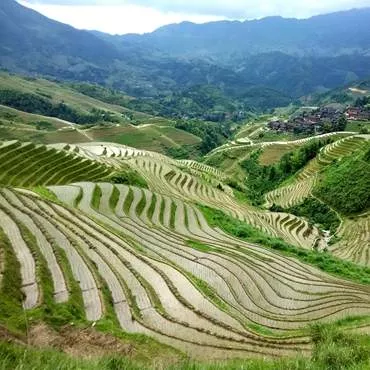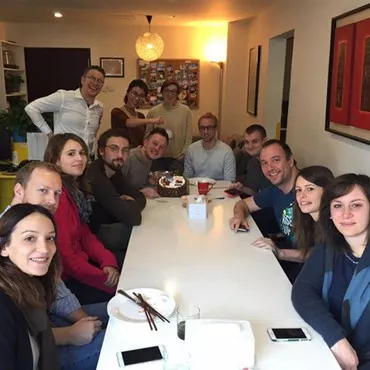East and West Alleys
The East and West Alleys (Dongxi Xiang东西巷) Historical and Cultural District comprises traditional streets and alleys such as Zhengyang East Alley, Jiangnan Alley, Lanjing Alley, Renshou Alley, and West Alley. During the Ming Dynasty, the areas where East Alley and West Alley are located were respectively the sites of the ancestral temples and altars of the Jingjiang Princes. In the early Qing Dynasty, these ancestral temples and altars were destroyed by war. As the Jingjiang Princes' residence was converted into an examination hall during the Qing Dynasty, some high-ranking officials and nobles began to build their residences on either side of the main gate. Common folk followed suit, constructing houses adjacent to the city wall of the royal residence.
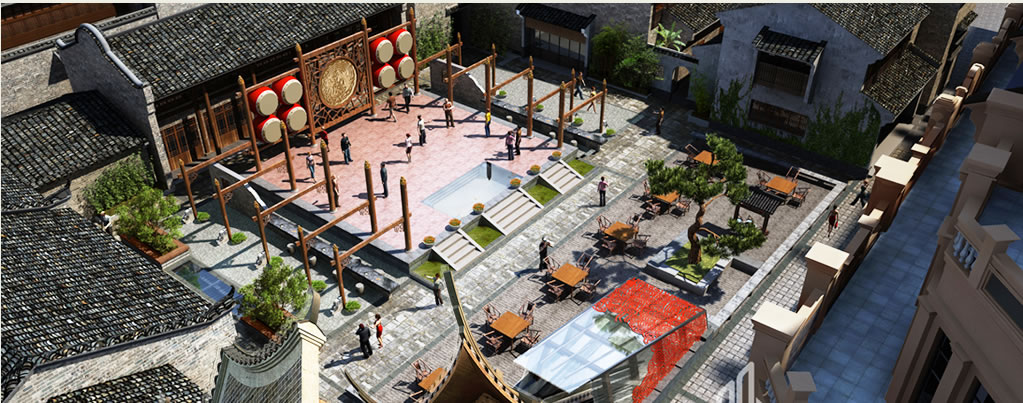
From the Qing Dynasty to the Republic of China period, many renowned figures and scholars settled in the vicinity of East and West Alleys. These included Cen Chunxuan, Governor-General of Guangdong and Guangxi (Liangguang), the "Brother Hanlin" brothers Long Chaoyan and Long Chaoyi, as well as notable underground Communist Party members Xie Hezeng and Li Xiuwen, the first wife of Li Zongren. This area also became the birthplace of many well-known Guilin brands, such as Youyixuan rice noodles, Xiong Tonghe Pharmacy, and Huang Changdian brushes.

Nestled within the heart of Guilin lies the enchanting East and West Alleys Cultural District, a treasure trove of history and culture waiting to be explored. Imagine strolling through the narrow lanes of Zhengyang East Alley, Jiangnan Alley, Lanjing Alley, Renshou Alley, and West Alley, each whispering tales of a bygone era. These alleys, steeped in tradition, offer a glimpse into a world where the past and present coexist in perfect harmony.

In the grandeur of the Ming Dynasty, the East Alley and West Alley stood as sacred grounds, housing the ancestral temples and altars of the Jingjiang Princes. These hallowed sites, once echoing with the prayers and rituals of royalty, were sadly reduced to ashes in the turmoil of early Qing Dynasty wars. Yet, from the ashes of destruction, a new chapter began.
The transformation of the Jingjiang Princes' residence into an examination hall during the Qing Dynasty marked the dawn of a new era for East and West Alleys. The allure of the royal precincts attracted high-ranking officials and nobles, who began erecting their grand residences alongside the main gate. Their presence drew the common folk, who built their modest homes nestled against the ancient city walls. This blending of the elite and the everyday gave rise to a vibrant community, rich in diversity and brimming with life.
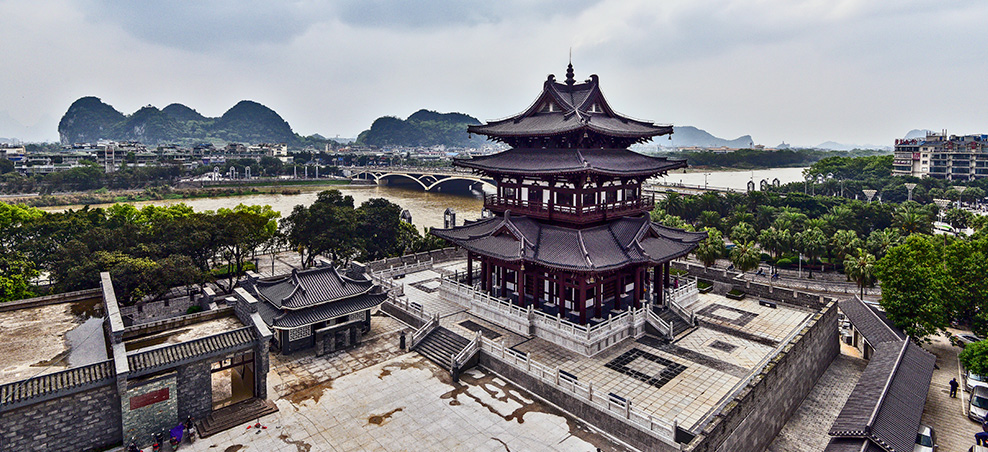
As time marched on from the Qing Dynasty to the Republic of China period, East and West Alleys became a sanctuary for scholars and luminaries. The Governor-General of Guangdong and Guangxi (Liangguang), Cen Chunxuan, found solace in its quiet lanes. The esteemed "Brother Hanlin" duo, Long Chaoyan and Long Chaoyi, added a touch of scholarly prestige. The area also witnessed the clandestine activities of prominent underground Communist Party members like Xie Hezeng, and echoed with the footsteps of Li Xiuwen, the dignified first wife of Li Zongren. Their legacies are woven into the very fabric of Dongxi Alley, infusing it with a sense of historical gravitas.
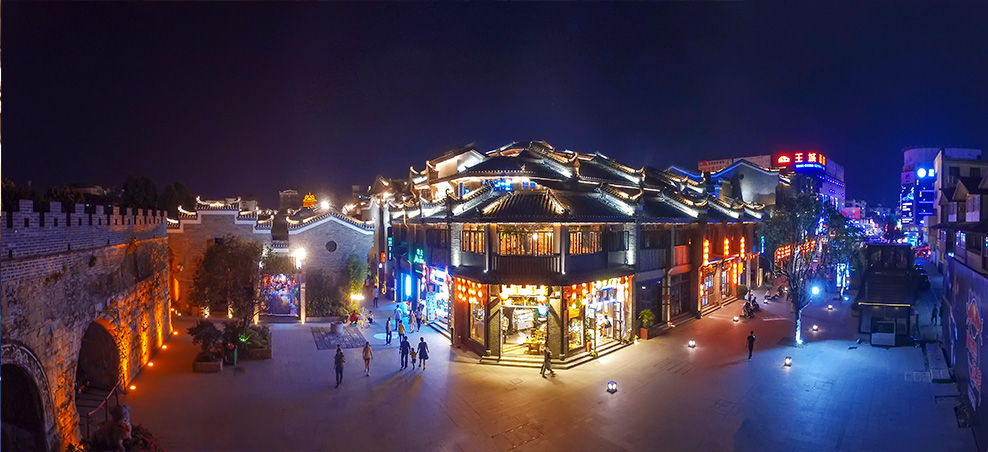
Yet, East and West Alleys is not just a repository of the past; it is a living, breathing entity that continues to shape the present. The district is the cradle of many of Guilin's beloved brands, each with a story as rich and flavorful as the area itself. Take a bite of history with Youyixuan rice noodles, whose origins trace back to these very streets. Seek wellness with remedies from Xiong Tonghe Pharmacy, a beacon of traditional medicine. Or craft your thoughts with the exquisite brushes from Huang Changdian, each stroke imbued with the spirit of this storied locale.
The magic of East and West Alleys lies in its ability to transport you to another time while remaining firmly rooted in the present. It is a place where the grandeur of the past meets the vibrancy of the present, creating a unique tapestry of experiences. The narrow lanes and traditional architecture serve as a reminder of the district’s rich heritage, while the bustling activity of shops and markets infuses it with contemporary charm.
Walking through East and West Alleys is like stepping into a living museum, where every corner holds a piece of history, every building tells a story, and every resident is a guardian of tradition. The alleyways, once trodden by nobles and commoners alike, now invite you to explore their secrets. Feel the pulse of the past as you wander through these historic streets, and let the stories of East and West Alleys inspire and captivate you.
In a world that is constantly changing, East and West Alleys stands as a testament to the enduring power of history and culture. It is a reminder that the past is not just a collection of dates and events, but a vibrant, living force that shapes our present and guides our future. So come, take a journey through time, and discover the timeless beauty and charm of the East and West Alleys Cultural District. Here, every step you take is a step into history, and every moment spent is a moment to cherish.


